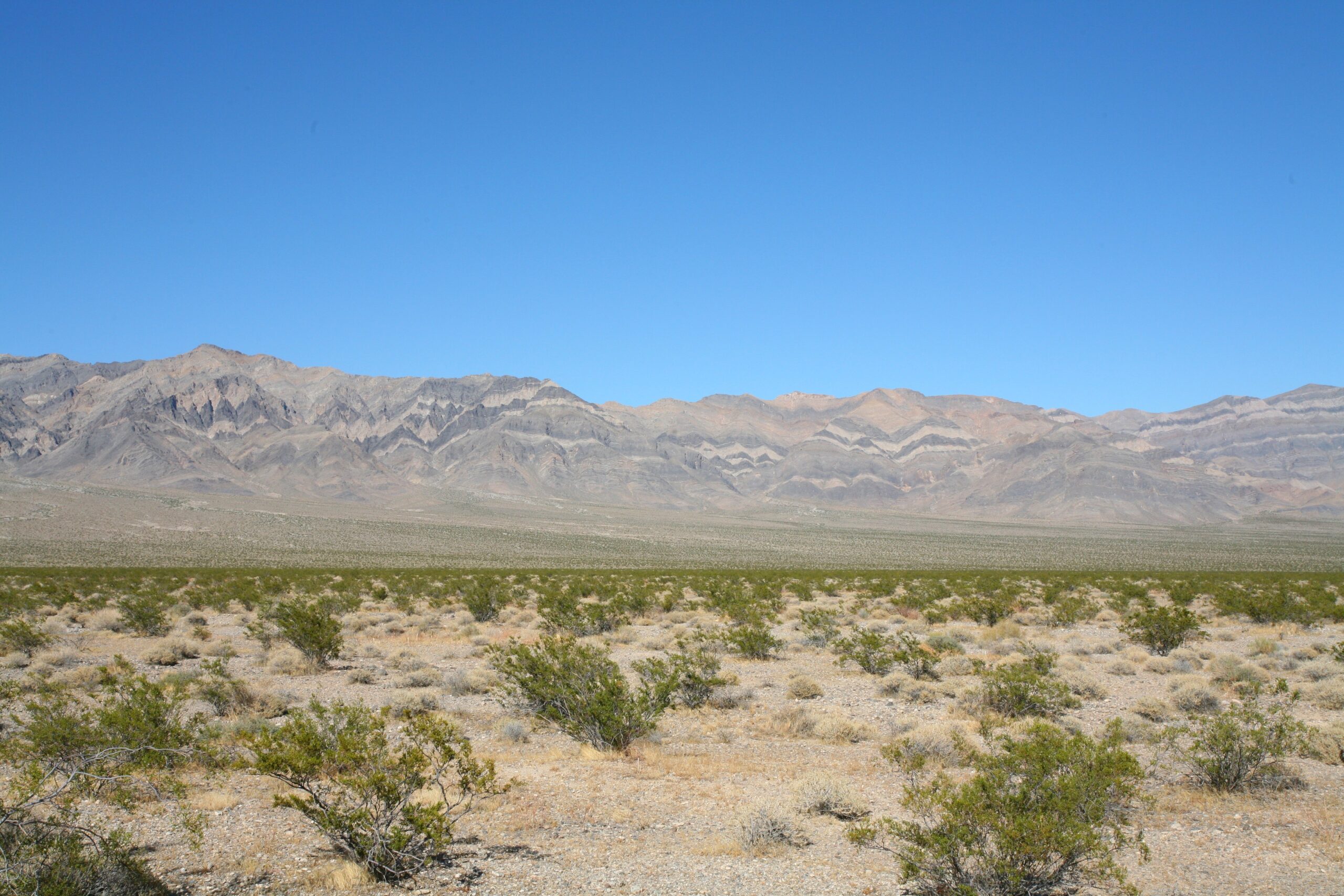Joshua Tree Ostrich Farming
Raising ostriches requires suitable climatic and soil conditions to ensure the health and well-being of these magnificent birds. Joshua Tree, Twentynine Palms and Wonder Valley in the Mojave Desert, California, offers a unique environment that can be advantageous for ostrich ranching or ostrich farming and make it an ideal location for raising ostriches. Why raise Ostrich in Joshua Tree?

Joshua Tree, located within the Mojave Desert, experiences a desert climate with specific characteristics that can benefit ostrich farming. The following climate features make the region conducive to ostrich rearing:
- Arid Conditions: Ostriches are well adapted to arid environments, and Joshua Tree’s desert climate provides the necessary aridity for their natural habitat.
- Low Humidity: Ostriches thrive in dry environments with low humidity. The arid conditions of Joshua Tree, characterized by low moisture levels, can help reduce the risk of various diseases and respiratory issues that may affect ostriches.
- Sunshine and Warm Temperatures: Ostriches require ample sunlight and warm temperatures to maintain their health and reproductive cycles. Joshua Tree experiences abundant sunshine throughout the year, with average high temperatures ranging from 60°F (15°C) in winter to over 100°F (38°C) in summer.
- Limited Rainfall: Ostriches are adapted to low rainfall areas. Joshua Tree receives approximately 4-6 inches (10-15 cm) of rainfall annually, which is within the optimal range for ostrich farming.
- Well-Drained Soil: Ostriches require well-drained soil to prevent waterlogging and related health issues. Joshua Tree’s desert soil is typically sandy or sandy-loam, providing excellent drainage and reducing the risk of standing water.
- Minimal Organic Matter: Ostriches prefer soils with low organic matter content. The sandy soils of Joshua Tree generally have minimal organic material, which aligns with the needs of ostriches.
- Alkaline pH: Ostriches can tolerate slightly alkaline soils. The pH levels in Joshua Tree’s soil typically range between 7.5 and 8.5, which is within the acceptable range for ostrich farming.
- Suitable Mineral Content: The mineral composition of soil plays a crucial role in the overall health and nutrition of ostriches. Joshua Tree’s soils contain an array of minerals required for ostrich growth and development.
Conclusion
The climate and soil conditions of Joshua Tree, California, in the Mojave Desert present an advantageous environment for ostrich farming or ostrich ranching.
The arid climate, low humidity, ample sunshine, and warm temperatures are well-suited for ostriches, while the well-drained soil with minimal organic matter and alkaline pH align with their specific soil requirements. Consider Joshua Tree as an ideal location for ostrich farming or ostrich ranching, providing an opportunity to flourish in an environment that closely resembles their natural habitat.
